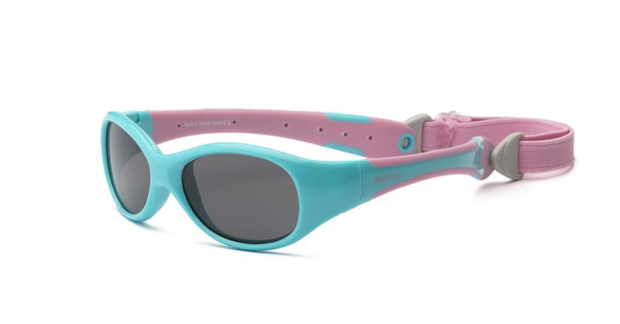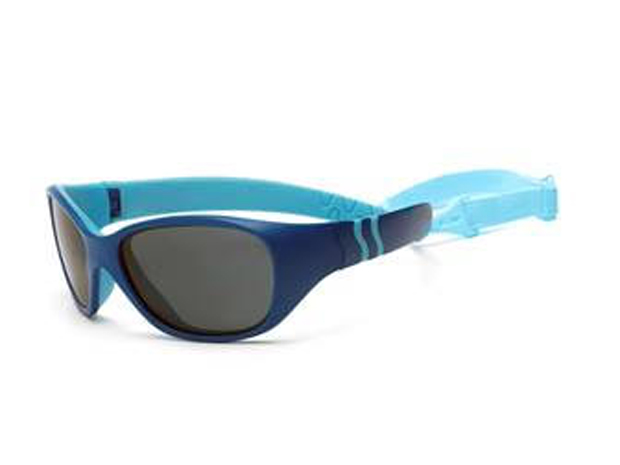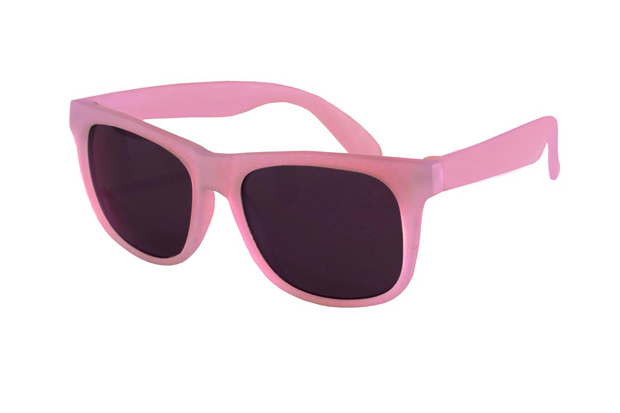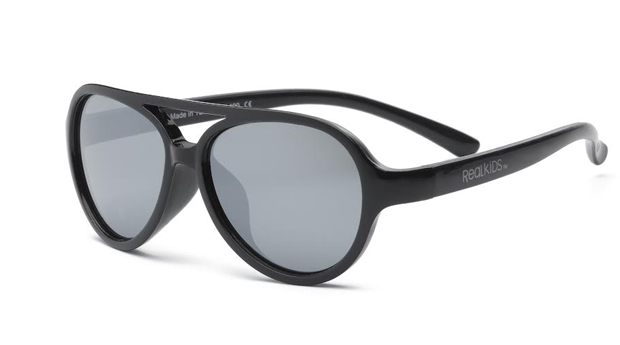
We just received our Real Shades cool sunglasses for kids. The girls just love the way they look and I love that they don’t fall off because they have the band that goes around the head and also because Real Shades are the real deal as far as sun protection for kids.. I got these for the snow and other sun activities we might do in winter.
In fact, the Melanoma International Foundation (MIF) has awarded Real Kids its Seal of Approval. This signifies that Real Kids has met MIF standards for 100% UV protective eyewear for children. And Real Kids Shades has partnered with Prevent Blindness to offer a “Star Pupils” branded pair of protective sunglasses. Twenty percent of the proceeds from the sale of these 100% ultraviolet (UV-A and UV-B) protective sunglasses will be donated to the children’s vision education initiative.
Here is what Real Kids has to say about protecting children’s eyes in the winter:
Sunglasses aren’t only for sunny summer days. Have you ever experienced snow blindness in the winter months? We’re talking about being out on a bright day in the snow, leaving you with eyes that ache and seeing spots for a few seconds before you recover and can keep moving.
 Snow blindness may not seem like a big deal, and for people who live in climates where it snows often, snow blindness may just seem like a part of your life. But actually, snow blindness can be extremely damaging to your eyes.
Snow blindness may not seem like a big deal, and for people who live in climates where it snows often, snow blindness may just seem like a part of your life. But actually, snow blindness can be extremely damaging to your eyes.
When you experience snow blindness, you are experiencing a brief burn to your eye’s cornea – somewhat like if you were to experience a sunburn directly on your eye. Symptoms include tearing, pain, temporary loss of vision and even the sensation that there’s a grain of sand stuck in your eye for a few days afterwards.
Snow blindness occurs when the sun’s rays are reflected off of the surface of the snow. According to the University of Pittsburgh Medical Center, snow can reflect up to 80 percent of the sun’s harmful rays. In addition, when you’re in a higher altitude where it snows frequently, the snow on the ground can reflect exponentially more of the sun’s rays than snow closer to sea level. Basically, the higher in elevation and closer you are to the sun, the more the snow can reflect its rays.
Over time, frequent burns to your cornea due to snow blindness can put you at a higher risk of other serious eye diseases, like cataracts. Children’s eyes, which are very sensitive since they are still growing and developing throughout the course of childhood, are extremely susceptible to snow blindness and the lasting effects that frequent snow blindness can cause.
You can check out their safe and stylish range here! And they are very affordable.

 And below are some of the cute summer models!
And below are some of the cute summer models!


